Binh Thuan Mr. Mai Van Lam and more than a dozen fishermen in Phan Thiet City dive to catch sea clams, selling them for 150,000-200,000 VND per kilogram.
At around 8am, when the sea was calm, Mr. Lam from Ham Tien ward tied his clam diving gear and buoy to his old motorbike and drove to Mui Ne beach, about three kilometers from his house. When he arrived, Mr. Lam pushed the buoy into the water and placed the battery-powered diving machine on the buoy, then pulled it out to sea about 15 meters from shore.
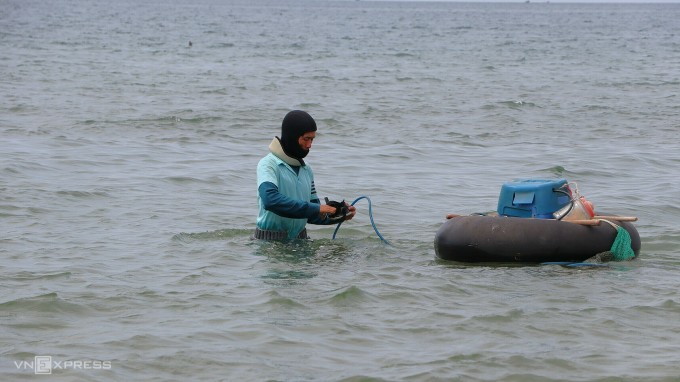
Mr. Mai Van Lam pushes the buoy and diving machine out to Mui Ne beach, preparing to dive for clams. Photo: Viet Quoc
Previously, this clam diver had tied a heavy lead ring around his waist to help his body sink when diving. Wearing goggles and a breathing tube more than 5 meters long connected to an oxygen compressor powered by a battery, Mr. Lam dove into the water, holding a sharp iron rod about 3 spans (60 cm) long in his hand.
Every 10-15 minutes, he comes up to rest, takes off his snorkel to breathe fresh air, and pours some clams he has just caught into the net basket on the buoy. "This job requires good health, being submerged in water is very tiring," said Mr. Lam.
When diving into the water, the fisherman pokes the sharp end of the iron rod into the sand to probe. Whenever he sees air bubbles coming up, he knows there are clams under the sand. He digs out 20-30 cm of sand, catches the clams and puts them in a net bag on his back. He dives along the Mui Ne - Ham Tien coast to hunt for clams.
Every day, he spends about 6 hours underwater, from 8am to 2pm, when he moves his belongings ashore. Mr. Lam said that each dive catches about 5kg of clams, which he sells for 100,000-200,000 VND per kg, depending on the size. On average, he earns 600,000-700,000 VND per trip.
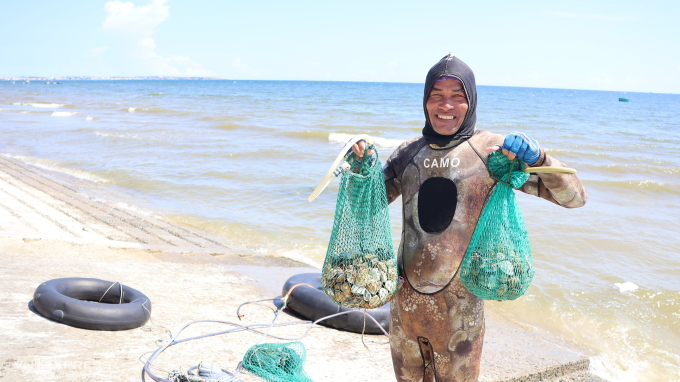
Fisherman Nguyen Nam with clams he just dived in Rang sea. Photo: Viet Quoc
At Rang beach, about 3.5 km away, Mr. Nguyen Nam, a fisherman from Ham Tien ward, had just dived and caught nearly ten kilograms of clams. Taking off his swimsuit, he sat down and sorted large and small clams into two baskets. Large clams (25-30 per kilogram) accounted for nearly 4 kilograms, the rest were small clams (40-50 per kilogram).
Mr. Nam cleaned up the buoy, air compressor, and hose, tied them neatly to his motorbike, and drove to the seafood stores to sell. Large clams were purchased for 200,000 VND, and small ones for 100,000-150,000 VND per kilogram.
"Today I won, I earned more than a million dong," Mr. Nam said, adding that this job is unpredictable. There are many days when the sea is windy and I only catch a few dozen fish, "enough to bring home to drink."
Phan Thiet fishermen say that clams live in the sand layer near the shore where the tides rise and fall. The beaches from Hoa Thang to Mui Ne, Phan Thiet have many large clams, so fishermen often dive to catch them. However, fishermen cannot dive to catch clams every day. They only dive when the sea is calm and the water is clear, because then the clams can be seen clearly. On stormy days, they rest and switch to other work.
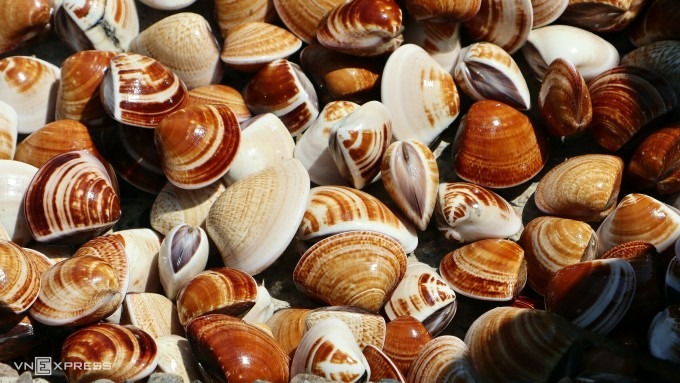
Clams are caught by fishermen diving in Phan Thiet sea. Photo: Viet Quoc
Clams are bivalve mollusks that usually live along tidal flats in the sea. Their food is plankton, algae and humus mixed in the sand. Phan Thiet sea usually has shiny brown, light brown or white clams with brown stripes. The locality does not have a clam farming industry so most clams are caught in the wild.
Ms. Le Thi Be, a seafood buyer in Phan Thiet, said that clams caught in Phan Thiet sea have fatty, fragrant meat, and are sold at higher prices by restaurants than clams imported from other places. "Seafood connoisseurs can immediately tell when they eat wild clams or farmed clams," Ms. Be said.
According to published studies, clam meat has many nutrients that are good for human health. Clam meat contains many nutrients such as protein, fat, vitamin B12, vitamin C, and many trace elements such as zinc, iron, potassium, calcium, manganese...
Soak live clams in clean water with a few slices of chili for two hours and they will release all the dirt and sand. Clams are used to make many delicious dishes such as porridge, soup, stir-fried with lemongrass and chili, stir-fried with coconut, satay, steamed with lemongrass... Of which, steamed clams with lemongrass is the easiest to make and most popular in the coastal city of Phan Thiet.
Vietnam
Source link


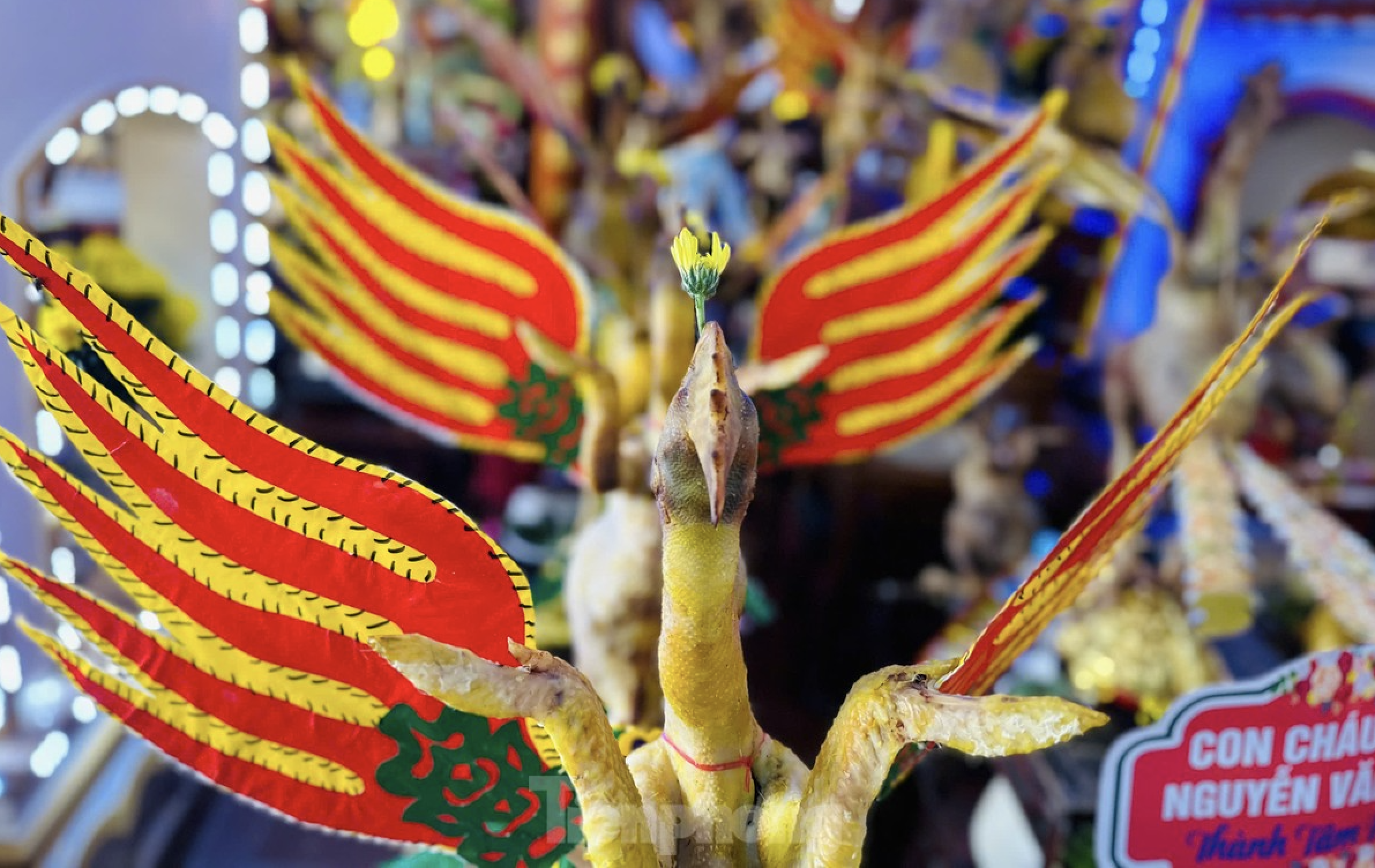
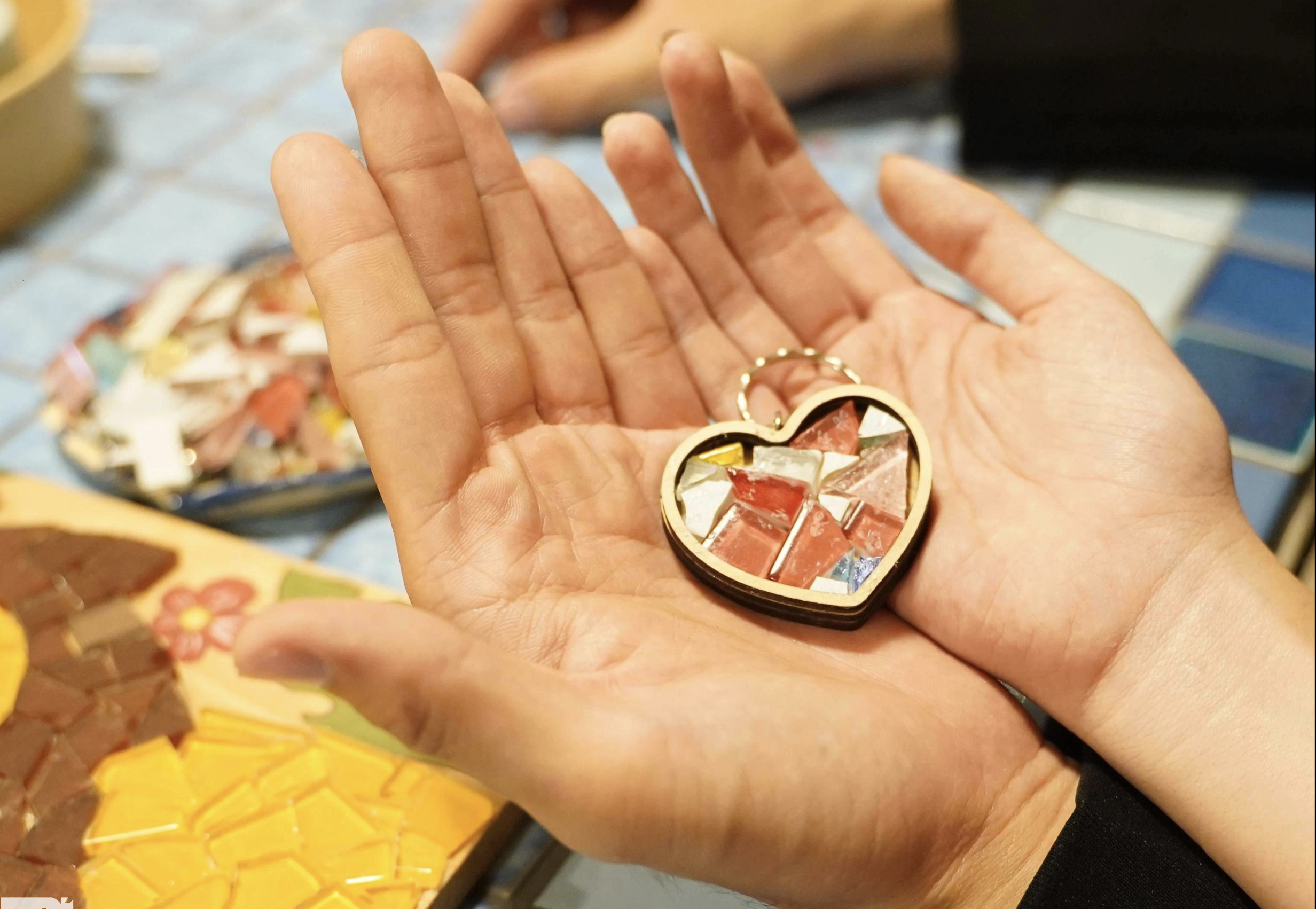
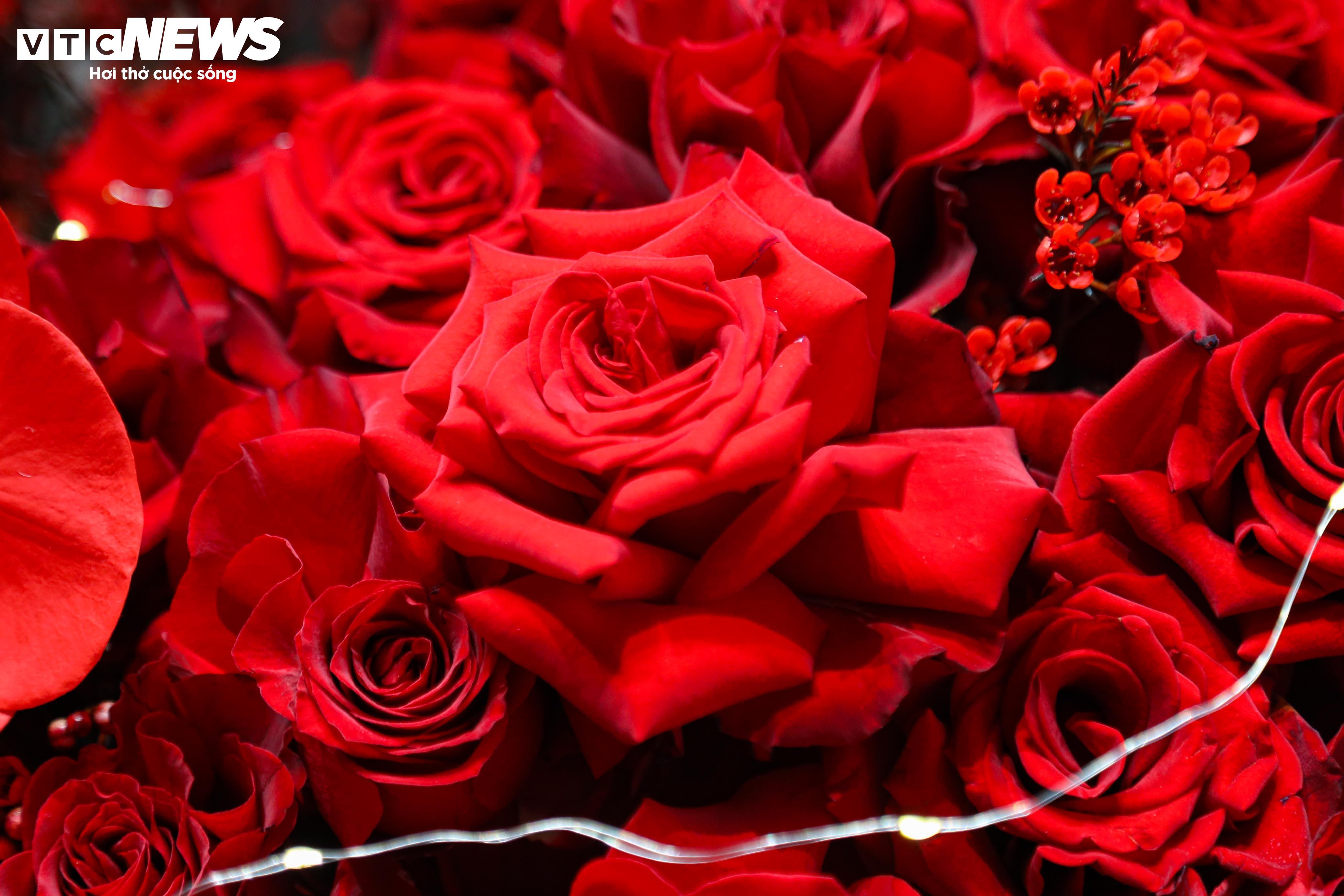

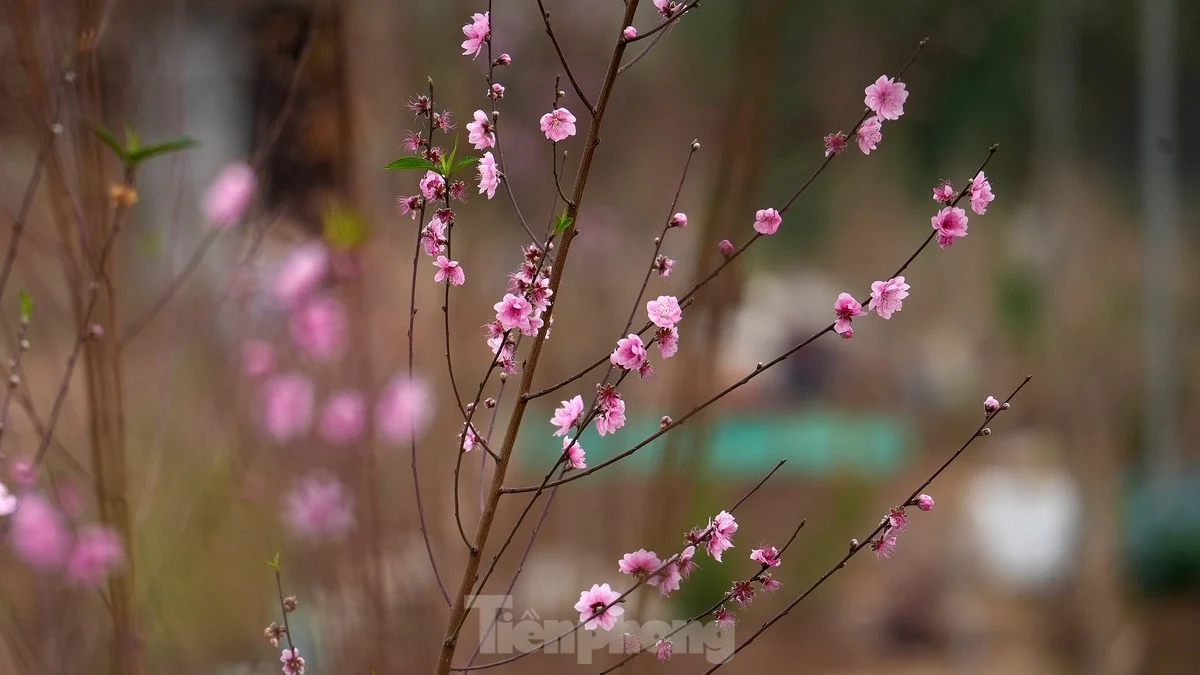


























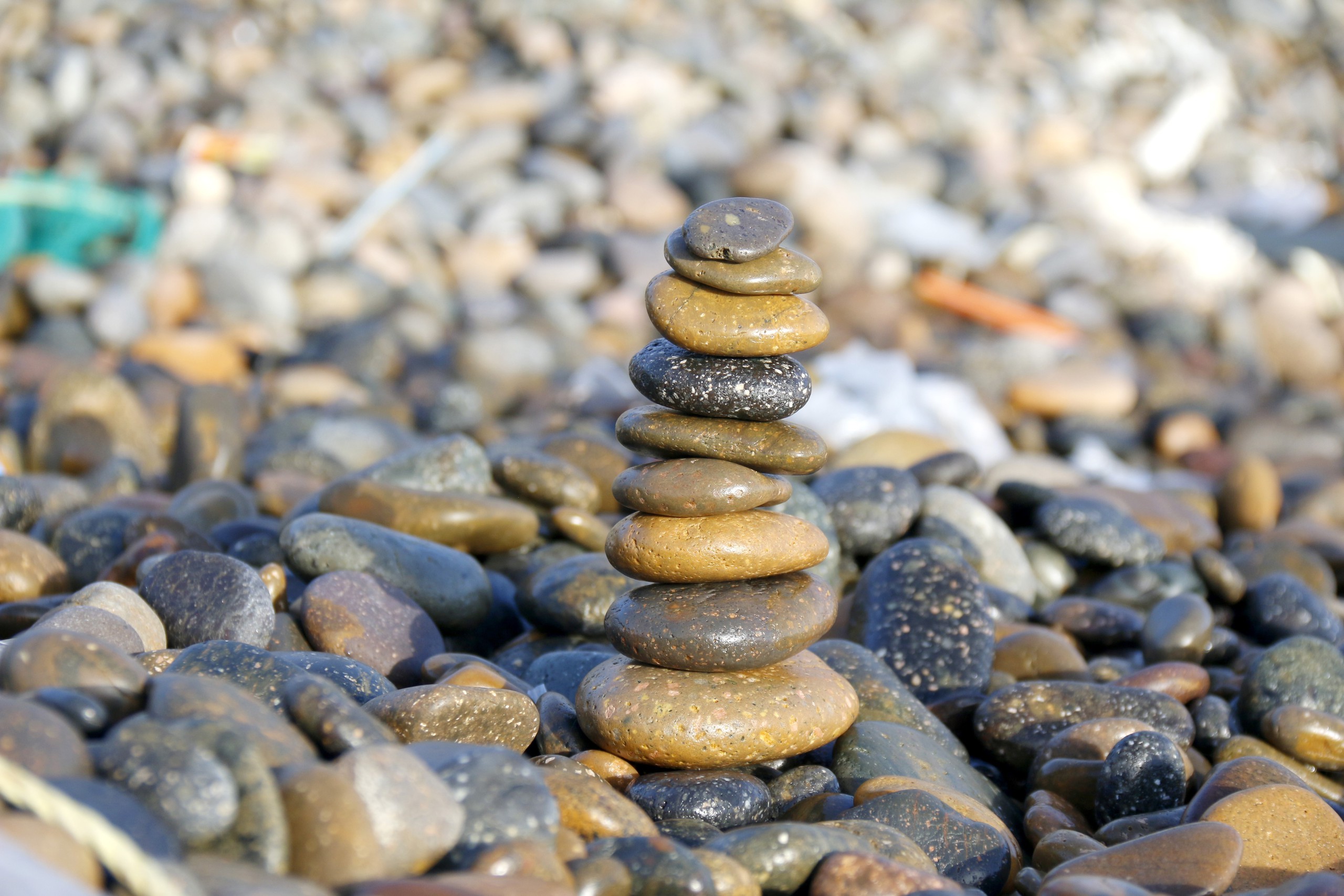

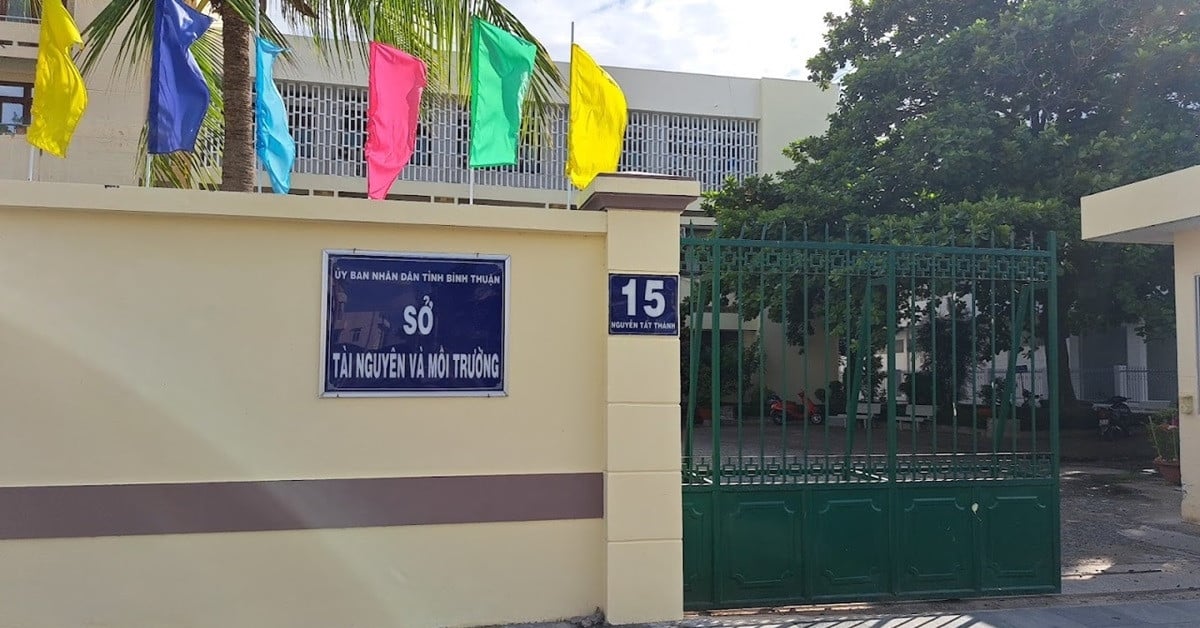
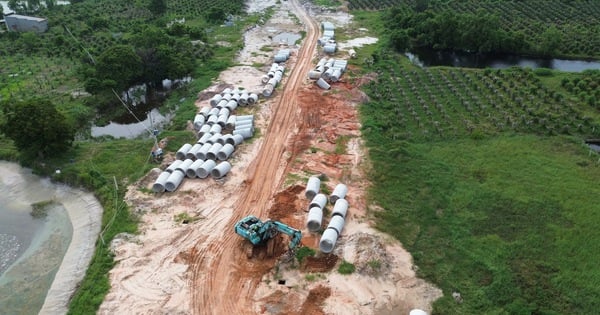

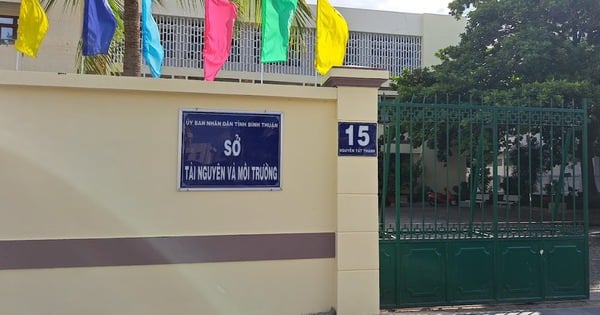





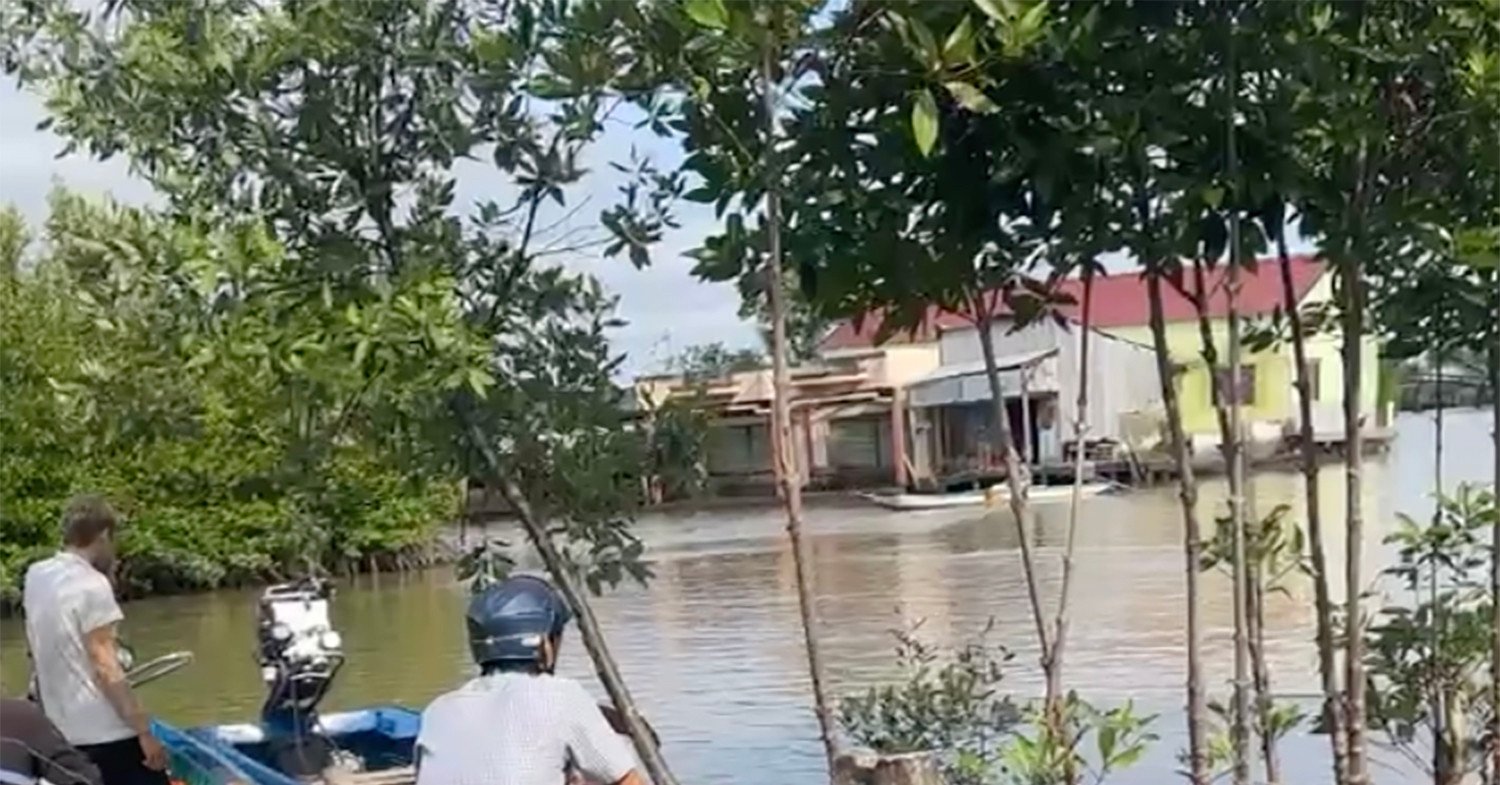












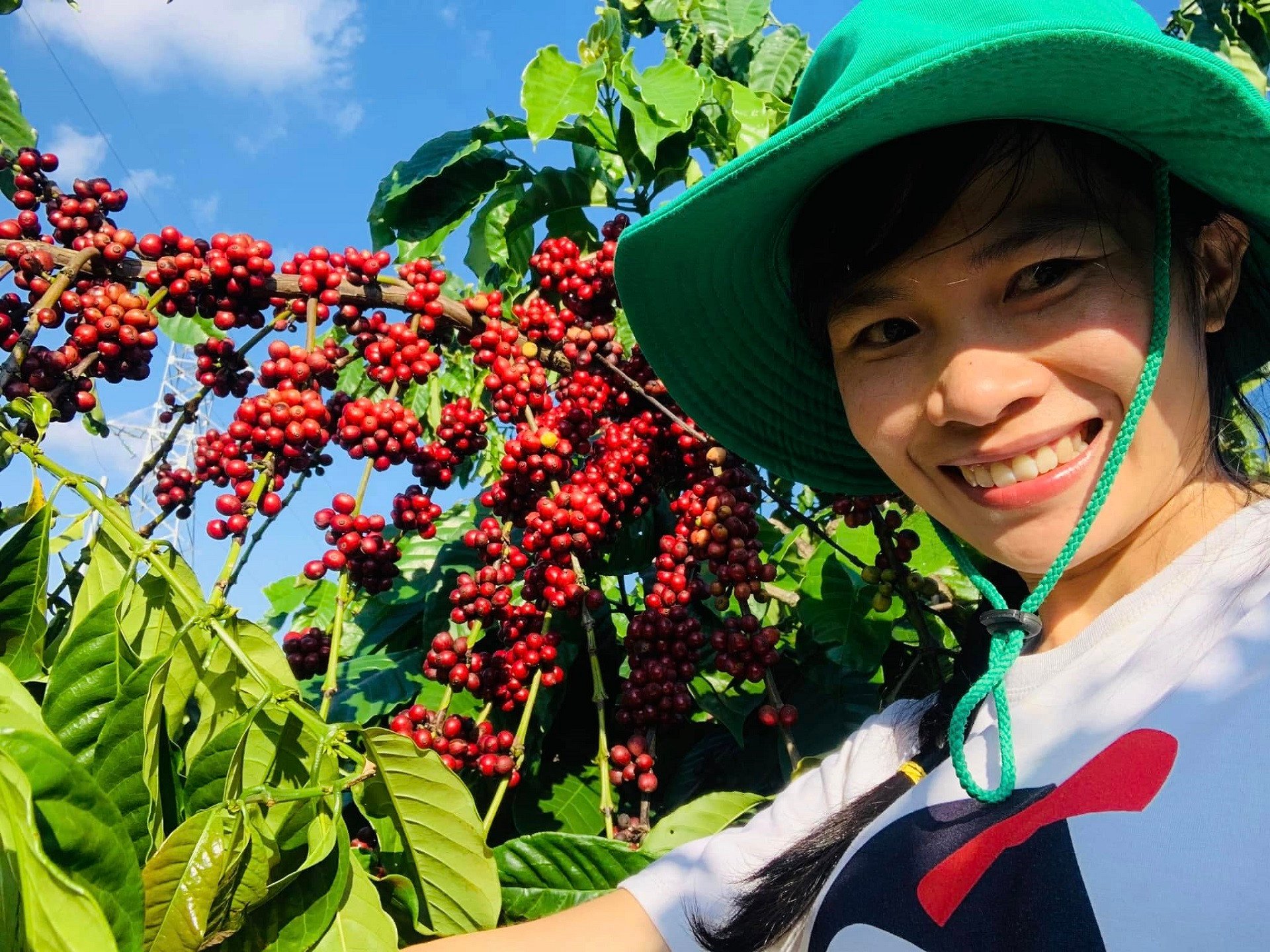
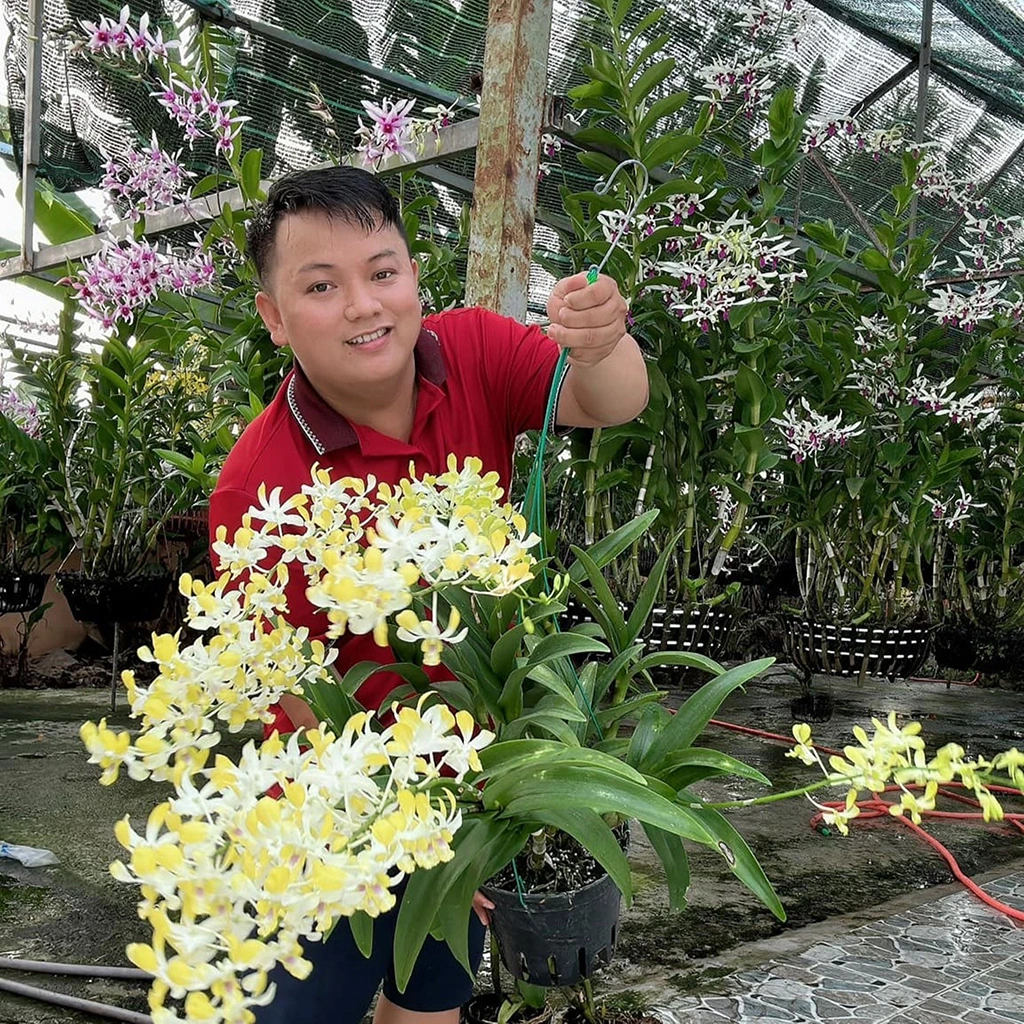









Comment (0)